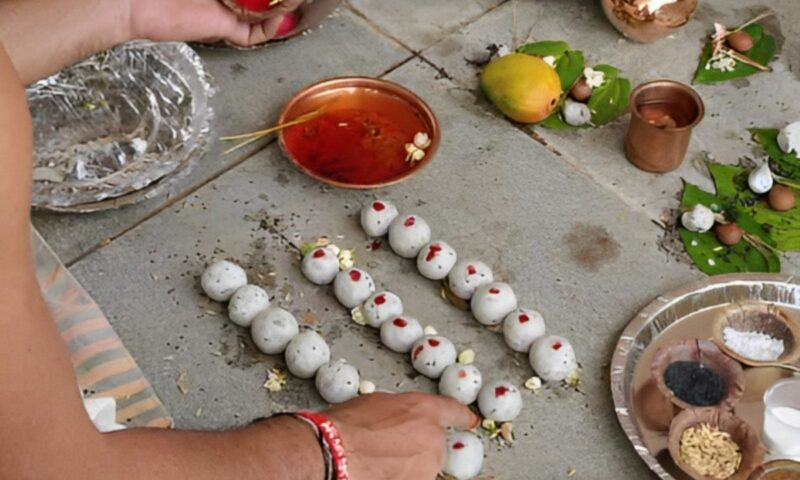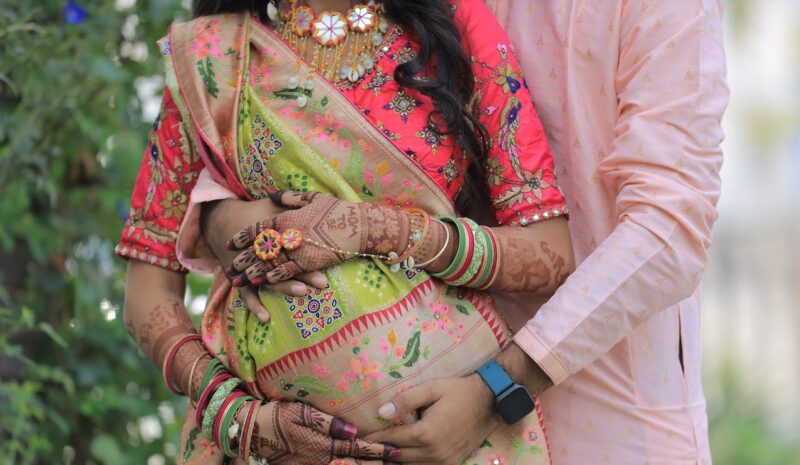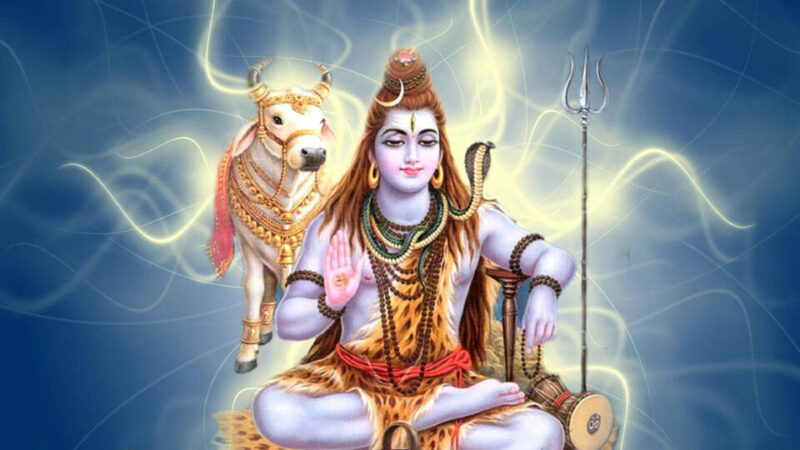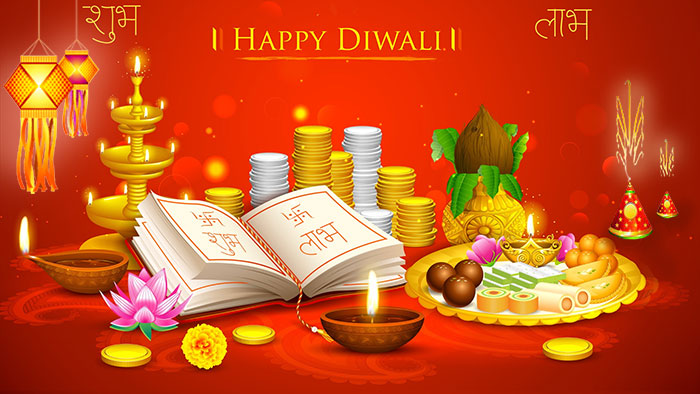Hindu wedding Rituals/Traditions
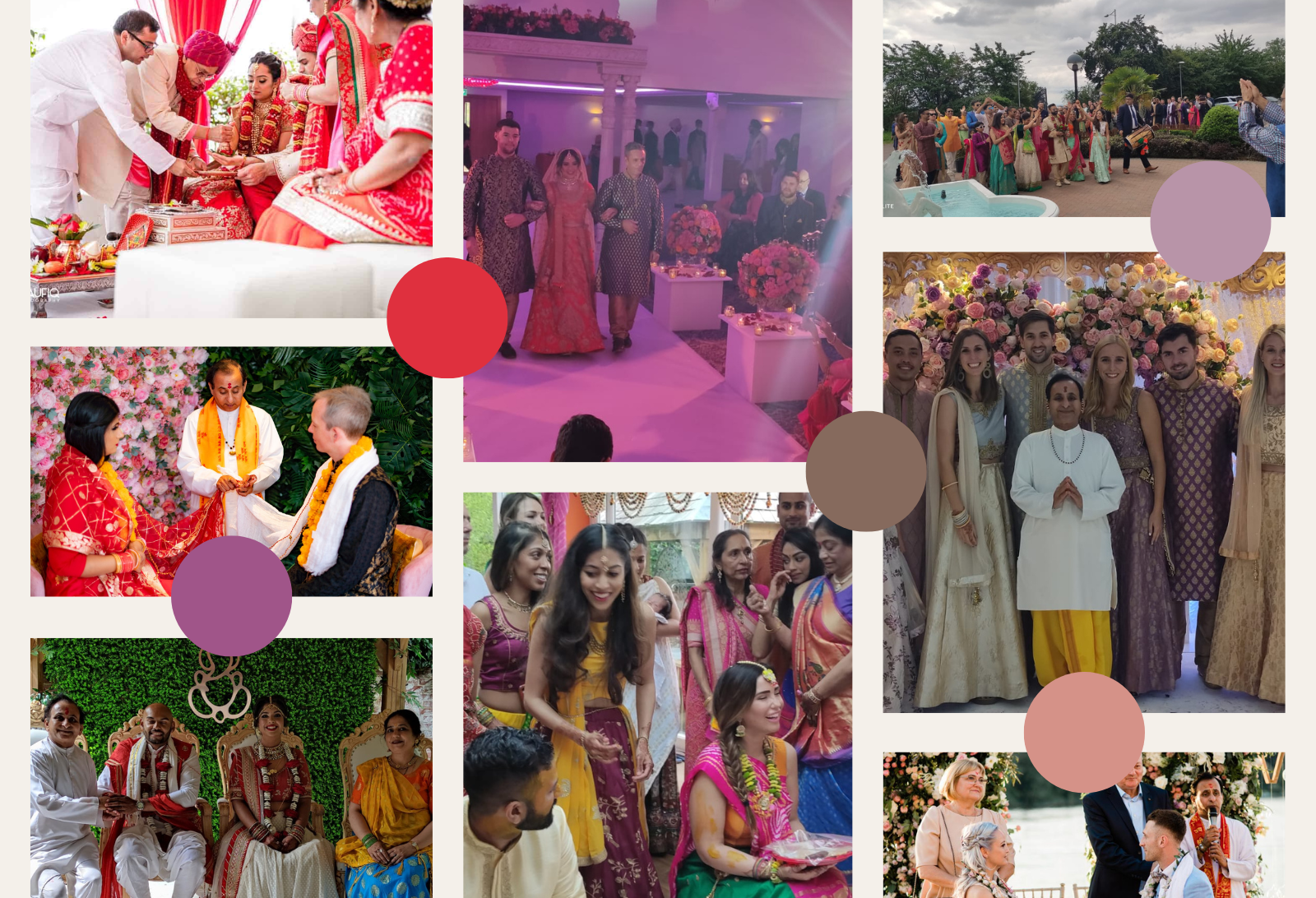
Guide To Hindu Wedding Rituals/Traditions
Hindu Wedding Rituals/Traditions are not Just a Hindu wedding ceremony but it’s a type of festival for families to come together to meet and celebrate Hindu wedding rituals/traditions.
The most Important person in the Hindu wedding is the wedding priest or Hindu wedding priest after the bride and groom. because without a Hindu wedding priest Hindu marriage won’t be complete. if you are looking for the best Hindu wedding priest in Uk then yes you are Just a call away from a Hindu wedding priest/Indian priest for wedding ketul Joshi, he can travel worldwide and has an experience more than 25 years of experience in Hindu weddings and in other ceremonies, so call now: +44 079 0373 5365 and book your most precious day with wedding priest/Hindu priest ketul Joshi.
A Hindu wedding is a beautiful and traditional ceremony and these Hindu wedding rituals will help you plan a wonderful wedding. Hindu weddings are so colorful that they have caught the attention of people all over the world. Mostly characterized by their grandiose characteristics, Hindu weddings have multi-page invitations, a large number of guests, and a lavish feast.
The ceremonies at Hindu weddings last for approximately 3-4 days and it is a lot of fun. From the pre-wedding rituals to the post-wedding ones, here is a detailed guide to Hindu wedding rituals for the Hindu wedding ceremony.
Every ceremony at a Hindu wedding symbolizes something unique and every Hindu wedding ritual has a meaning behind it. Even in the snatchers, every round suggests a vow that is to be taken by the bride and groom. The Hindu wedding rituals/traditions are so elaborate.
1. Engagement Ceremony

When both families are happy about the relationship of their child, they first decide to engagement the ceremony. An engagement is the period of time between a marriage proposal and the Hindu wedding itself. During this period, a couple is said to be fiancés. This ceremony takes place a few months before the wedding where the bride and groom exchange rings. The ceremony is hosted for close friends and family members so that they can meet the families and celebrate. According to Hindu wedding rituals, In an engagement ceremony, you need the best Hindu priest/Hindu wedding priest or wedding priest to perform nicely your engagement.
2. The muhurta of the wedding is the first thing
In Hindu wedding rituals/traditions, the date and the time of the wedding have a crucial role to play. For any event to take place, Hindus pre-determine a time and date, which is generally decided by an astrologer or Hindu wedding priest. An auspicious time, which is known as a muhurta, is fixed for the Hindi wedding, using the couple’s date of birth.
The muhurta is calculated by an astrologer or Hindu priest/wedding priest, according to the planetary positions which can say only Hindu priest or wedding priest because he did a study about all astrology. The gotra, or the ancestral lineage, is announced as a Hindu wedding and is not supposed to take place within the same clan or lineage.
Once the muhurta is fixed then starts all the other Hindu wedding rituals/traditions of the Hindu wedding. Wedding venues are fixed, the guest list is made, wedding clothes & jewelry shopping begins, wedding card designs are checkout and catering vendors are looked after.
3. Writing Lagan/wedding

In the same event, Lagna is written by the Hindu wedding priest on paper 10 or 5 days. after writing lagan’s to-be bride and to-be groom are not allowed to step out much from the home till their wedding day.
The same Lagna paper is sent later to the groom’s home in time for the tilak ceremony.
4. Mehendi Ceremony

The mehndi is the pre-wedding event where, traditionally, the bride and many of her loved ones will have henna applied to their hands and possibly feet.
The mehndi ceremony is hosted by the bride’s family and typically takes place a day or two before the wedding. This tradition is supposed to bring the bride good luck and good health.
5. Haldi Ceremony

The Haldi ceremony is a holy bath before the wedding. It is known by different names in different regions, like ubtan, mandha, and tel baan. The bright yellow color of the Haldi is considered an auspicious color in the Hindu tradition. It signifies purity, fertility, and glowing health.
Turmeric is applied to both the bride and groom by married women on the morning of the wedding. The mixture is believed to bless the couple before the wedding. Yellow color is said to protect the bride and groom from evil. nowadays in this ceremony family enjoys and celebrates by wearing yellow clothes and yellow theme decorations special for the Haldi ceremony.
6. Mandap Ropan ceremony

A mandap where every ritual of the wedding’s gonna happen. before the day of the wedding, this ceremony is performed by a Hindu wedding priest In Hindu wedding ceremonies, a Mandap which translates to a covered structure with four pillars is set up at both the bride’s and the groom’s home. A wedding priest is called to call the significant mantras while setting up Mandap means the Indian Wedding priest or Hindu wedding priest London/wedding priest invites all the gods and goddesses to sit and give the blessing on the wedding without any disturbance and enjoy the wedding home till the weddings get over and shower their blessings to the couples.
The mandap is adorned with floral decorations and bells and consists of four pillars, symbolizing the four parents who worked hard to raise their children. The mandap is significant to Hindu weddings as it serves as the stage for which guests and family witness the couple’s wedding.
7. Sangeet and Garba

After the mandap and Haldi ceremony on the night day before the wedding, it’s sangeet or Garba. The goal of the sangeet is to revel in the joy and happiness of the occasion. During the sangeet, friends, and family will generally perform dances and songs they’ve prepared. The purpose of a sangeet is twofold, first to celebrate the couple and second to connect the families coming together through marriage. There’s lots of music, special songs, and choreographed dances by family and friends.
8. Baraat – the Day of the wedding

The next day the day of the wedding, The baraat, sometimes referred to as vara yatra, is the groom’s arrival to the wedding ceremony, amid much pomp and circumstance. There is typically lots of dancing and singing as he enters with a parade of loved ones. “The baraat is a meeting of the families and includes festive music, drummers, and much dancing,
Traditionally, The groom rides in on a horse or elephant and, in modern times, a fancy sports car. Upon arrival, the groom and the group are welcomed by the bride’s family, and the couple continues with the wedding ceremony.”
9. Pokwanu – The Welcoming of The Groom

The bride’s family formally welcomes the Groom, his family & friends. The Bride’s mother applies a tilak on the Groom’s forehead and then escorts the groom guided by a Hindu priest for the wedding ceremony, his family, and friends into the venue. He is then led inside and the Hindu priest for the wedding performs a brief ceremony.
Following this, the mother of the bride grabs the nose of the groom playfully to remind him that it is he who has come to their home to ask for the hand of her daughter and he must make every effort to keep her daughter in good humor and comfort always.
The Groom will then be asked to smash a clay pot with his foot breaking it into pieces assisted by the wedding priest. This demonstrates that he has the power to overcome all the obstacles the couple may face in their married life. The groom is then escorted to the Mandap.
10. Varmala Ceremony

The Varmala Ceremony takes place after the Baraat and also signifies the start of the Hindu wedding rituals/traditions. The Groom makes his way to the entrance of the wedding venue and meets the Mother of the Bride, who applies tilak and performs aarti to rid him of any evil eyes cast upon him guided by a Hindu priest/priest for a wedding. Traditionally the Groom then takes his place at the Mandap and awaits his Bride, however, some couples choose to exchange their garlands after the Mother’s blessings.
After reaching the Mandap, the Bride is the first to attempt to exchange the garland, fighting off the Groom’s side as they playfully hinder her from placing the garland around his neck. This moment is highly anticipated amongst the guests and family in attendance due to its teasing nature. Once the Groom successfully exchanges his garland the couple takes their seats at the Mandap to start the ceremony.
11. The Ganesh Puja

Before the ceremony begins, the Hindu Priest/wedding priest invokes Lord Ganesh, the Hindu elephant God that removes all obstacles, as a precursor to nuptials about to take place. The Ganesha Puja is performed by the Bride’s parents, the ceremony begins by offering a prayer to Lord Ganesh requesting peace and harmony to prevail during the ceremony by a Hindu priest/wedding priest. Lord Ganesh’s blessings are sought for an auspicious beginning for the couple. Traditional Indian weddings are incomplete without Ganesh Puja which is performed by a Hindu priest. Hindu priest services depend on the Hindu priest that which service they provide.
12. Vaar pooja

In Hindu wedding Rituals/Traditions After entering the Mandap The Bride’s parents perform a ceremony where they wash the Groom’s feet, and offer flowers, and Madhuparka assistance from Indian priests/Hindu priests. It is stated in the Vedic scriptures that at the time of marriage the groom is a representation of Lord Vishnu. At the end of the ceremony, a veil of cloth (Antarpat) is held in front of the groom to prevent him from seeing the bride as she enters.
13. Kanya Aagman

while the wedding priest/Hindu priest and bride’s parents perform these Hindu wedding rituals Following the groom’s entrance into the wedding and his acceptance with tilak, the bride traditionally enters next during Kanya aagman this sentence is said by the wedding priest only when the Hindu priest for the wedding ceremony said this sentence after that only bride can come into the Mandap. In Hindu wedding Rituals/Traditions Kanya aagman is the Hindi phrase for “the girl’s arrival.” During the bridal process, the to-be-wed will often enter underneath a canopy. Loved ones, often the bride’s maternal aunt and uncle or possibly the bride’s brothers, will generally join the procession.
14. Joota(shoes) Chupai

Jutta Chupai simply refers to hiding the shoes of the groom by the mischievous sister in laws right before the groom steps onto the mandap or during the seven pheras. It is an art as both sides have tricks up their sleeve considering it’s not a matter of money but ultimate pride.
So the bride’s side would look for the right opportunity to make the move and the groom’s side would make sure that this “move” doesn’t happen.
15. Kanyadaan

This ceremony is performed by the Bride’s parents and guided by a Hindu priest. They give away their daughter in marriage by placing her hand on the Groom’s right hand its called Kanyadaan assisted by the wedding priest Uk/a Hindu priest. The bride’s parents pray that their son-in-law will look after their daughter.
16. Havan

A small sacred fire is lit in the center of the mandap inviting Agni by the wedding priest. The Fire God, the symbol of light, power, and purity while offered ghee, rice, and flowers into the flame. These prayers have a special importance, for it is Agni who dispels darkness and ignorance in life and leads us to eternal light and knowledge which is done by wedding priest. around this fire, the bride and groom take their seven pheras and seven vows.
17. Seven pheras

At the main event, the couple first exchange varmalas and then take seven pheras to make their wedding official in front of a wedding priest/Hindu wedding priest and take blessings from elders in the family. It is such a blessed ceremony and peaceful ceremony.
The Seven Steps – What do they represent?
This portion of the ceremony takes place following the tying of the mangalsutra (hyperlink) and establishes the commitment the couple makes to each other during the Hindu wedding ceremony. Saptapadi quite literally translates from Sanskrit to ‘seven steps’. Many are familiar with images across the Internet of Indian Brides leading their Grooms around the fire pit at the Mandap, but few know the significance of these steps.
In The Hindu wedding vows, we don’t have singular vows written by the couple. All the same, when you go through the process, you feel a tingle of excitement – as the momentousness of the time-tested tradition dawns on you. After all, these vows have been honored, repeated, and followed through the centuries.
The couple takes seven full circles, walking clockwise around the Agni, representing the seven principles and promises they make to each other; each step is referred to as a ‘phere’. They are tied together with the dupattas, or chunks, from the Granthi Bandhanam ritual, which is used to keep the couple united as they make their rounds. Although there is no literal part of the ceremony that represents the Western mentality of vow exchanging, these seven steps parallel that ideal in that the couple ‘vows’ to successfully fulfill these principles during their married life. Saptapadi’s 7 steps resemble seven areas of life that they need to work together to have a perfect marriage.
Traditionally the groom alone recites the vow of 7 steps but nowadays it is recited by both bride and groom. The couple takes these seven steps vows- Saptapadi, together in the journey of their life. There are 2 ways of doing these rites, viz either groom can take the hold of the bride’s big toe of the right foot and move into the seven heaps of rice, or the couple can take it together, placing their toes together and move one by one with each Vedic mantra of Saptapadi.
In Hindu wedding Rituals/Traditions The following is a list of the promises the couple makes as they complete each full circle. While the couple is making their rounds, the Hindu wedding priest dictates mantras about each specific phere. The Groom takes the pinky finger (or hand) of his Bride and leads her for the first four pheras, and then they switch places and the Bride finishes the last three by leading him to the culminating step. Each of these pheras signifies a specific meaning for both the Bride and Groom – complementary meanings that ensure that they will work as a unit to make this marriage successful, healthy, and prosperous.
The significance of each Phera on Saptapadi In Hindu wedding Rituals/Traditions
The 1st Phera or the 1st vow
‘May Lord Vishnu guide you to nourishment’
“Om esha ekapadi bhava iti prathaman,dhanam dhanyam pade vader.”
Hindu wedding Rituals/Traditions In the first step of Phera, the couple vows for togetherness and nourishment for married life. Here, the couple prays to Lord Fire to bless them with enough food and nourishment for the upcoming life. Here, the groom promises his bride to provide shelter, and food, and the bride also promises responsibilities towards her partner and family.
Thus bride and groom promise to provide each other with the good things of life: food, physical and emotional nourishment, good health, and wealth, and carry out duties and responsibilities to each other, family, and tradition. accepting each other’s responsibilities towards their partner and family. So, all your basic needs are fulfilled.
The 2nd Phera or the 2nd vows
‘May Lord Vishnu bestow you to good health?’
“Om oorje jara dastayaha ,kutumburn rakshyammi sa aravindharam.”
In the second step of Phera, the couple prays for a healthy lifestyle to develop their mental and spiritual powers, timely meals which include exercise, and avoiding bad habits like smoking, gambling, etc.
In this vow,, the couple promise to look after each other, praying for each other’s physical and mental health and strength. So, there is someone to take care of you at all times. , the couple prays for the blessings of mental and emotional support from fire God and bestows with the spiritual strength which helps them to support each other /family in a critical time and also defend their family from all types of odds.
The 3rd Phera or the 3rd vow
‘May Lord Vishnu guide to Prosperity and Security.’
“Om rayas santu joradastyaha,tava bhaktu as vadedvachacha.”
In the third step of Phera, the couple prays and says when we are fit enough for performing good karma, bless us to achieve success, and prosperity throughout life.
In this vow, the couple prays to share happiness and wealth and if the couple wants to earn more, they work together towards the betterment of their future and bestow with wealth through which they can do charity and spiritual growth. the couple promise to foster affection and liking towards each other. So, you feel cherished and loved, enabling the couple to become better people.
The 4th Phera or the 4th vows
‘May Lord Vishnu guide you to consummate bliss.’
“Om mayo bhavyas jaradastayha, lalayami cha pade vadet.”
In the fourth step of Phera,, the Shastra depicts that couples should be blessed with a central element for marriage life, i.e healthy sex life. Here, the bride takes the lead and promises and prays to Fire God to bless her with healthy children, she would love her husband in every possible way. The couple asks for love and bondage forever.
In this vow, the couple promise to be lifelong companions to acquire knowledge, happiness, and harmony through mutual love, respect, and trust. So, in good and bad times, you are not alone. They also take a vow to respect each other and their families.
The 5th Phera or the 5th vows
‘May Lord Vishnu guide you to the welfare of the children and domestic animals.’
“Om prajabhyaha santu jaradastayaha, arte arba sapade vadet.”
In the 5th Phera or step, the couple asks God for a blessing for 2 things, fertility for healthy heroic children and cattle. Please note in ancient times more properties and animals were said to signs of prosperity and investment.
In this vow, the couple prays to grow together: in thought and action. To find a common path amidst differing outlooks and to be blessed with a contended family of strong, virtuous, and heroic children
The 6th Phera or the 6th vow
‘May Lord Vishnu guide you to enjoyment according to the seasons.’
“Rutubhyah shat padi bhava, yajna home shashthe vacho vadet.”
In the 6th Phera or 6th Vow, it is said that the couple asks for the enjoyment of life whereas the bride takes responsibilities i.e playing together, vacationing together, and enjoying the good things of life together is called an essential element for happy marriage life.
In this vow, the couple prays almighty for long lives togetherness. Here, Bride and Groom say to each other, “you have added immense bliss to my life by entering into this sacred ceremony, I wish you will always be with me by my side throughout my life.” Thus, couples vow to look after their children, family, and society, ensuring their prosperity together. So, with your union, everyone benefits.
The 7th Phera or the 7th vows
‘May Lord Vishnu guide you to in the actualization of your sevenfold spiritual energies.’
“Om sakhi jaradastayaha aatramshe sakshino vadet pade.”
In the 7th Phera or 7th Vow, it is said that realizing the ultimate purpose of life is spiritual evolution, i.e higher consciousness and unfolding the potential of human life like mind, body, intelligence, strong willpower, and spiritual blessing from mentors and monks. Finally, the couple promises to adopt a noble bent of mind, leading a sacred and spiritual life, in the union. both groom and bride agree to walk the philosophical and spiritual path in life. The couple remains true companions, committed only to each other
According to Hindu wedding Rituals/Traditions In this vow, the couple is united in harmony, affection, and radiant with kind thoughts, which gives strength and enjoyment, hereby let our minds get united minds, bodies, spirits, and hearts. the couple enters into a new relationship of friendship and binds together, which keeps long-lasting. May this friendship binds them together, the intentions be of one accord, may the radiance be one, and the mind gets united.
While the couple makes their rounds, family members that are present on the Mandap bless the couple with rose petals and rice, celebrating a pivotal part of the ceremony. After the Bride and Groom have made the seven rounds, they seek blessing from Lord Vishnu, the preserver, and Lakhsmi, the goddess of wealth. It is said that the couple has tied themselves together for seven lifetimes to come once this part of the ceremony is finished. Some regions of India finish the ceremony off by having the bride touch seven beetle nuts in turn with her toe, while her groom helps her keep her balance.
Thus, the Saptapadi vows to acknowledge and embrace all expectations and ambitions of couples. They have been designed in such a way that every dream you had, have, or will have in the future is included in the vows: to seek wealth, success, fame, or spirituality, to become a parent or a philanthropist. These timeless vows have included them all: acknowledging your right to grow and spread your wings in any direction with your special someone.
18. Sindoor & Mangalsutra Rituals

After completing the seven pheras by the bride and groom to know as a couple as per Hindu scriptures A Magalsutra is a necklace with black and gold beads that the groom places around the bride’s neck. This is an important step towards the completion of a Hindu wedding ceremony for a couple assisted by an Indian wedding priest.
According to Hindu wedding Rituals/Traditions and scriptures the Lakshmi devi— who is the Hindu goddess of wealth and prosperity— is believed to reside in the Magalsutra; she protects the union and ensures a happy married life, from this day she(bride) known as the Lakshmi of his (groom’s) home.
Just like the Mangalsutra, the sindoor is considered a signifier of a woman’s married status. Applying sindoor or a reddish-orangish powder to the bride’s hair is a way to signify that she is now married assisted by the wedding priest. This is, in a way, the last step in a Hindu wedding, where all the ceremonies that have to be performed to officiate the marriage have been performed.
To conclude the ceremony, the Hindu priest directs the newlywed’s eyes to the pole star, so that their marriage remains steadfast, even as other things around them continue to change.
19. Vidaai

In Hindu wedding Rituals/Traditions The vidaai ceremony symbolizes the final stage of a wedding, where the bride’s parents bid farewell to their daughter with their son-in-law and bless the couple for the future. The bride’s parents are filled with feelings of happiness for her, and they bless her with all their heart and soul.
The bride also throws rice behind her as she leaves her home and thanks her parents for giving her such a great and wonderful life. The brothers of the bride push the Doli or car and bid farewell to their sister.
If you are Looking for the best Hindu wedding priest Uk or Hindu priest you can call: +44 079 0373 5365 Hindu priest ketul Joshi Maharaj will give you the best Hindu priest services for your wedding.




